The 1st Demo-Case in Oslo has been completed
- Haugerudsenteret, Demo-Case after renovation ©Ivan Brodey
- Haugerudsenteret, Demo-Case after renovation ©Ivan Brodey
- Haugerudsenteret, Demo-Case before renovation ©Boligbygg
- Haugerudsenteret, Demo-Case before renovation ©Boligbygg
The Norwegian demonstration building is a two-floor building with eight small dwellings in total, located at Haugerud in the city of Oslo. Haugerud is a suburb in the east of Oslo with housing developments and houses built around the metro station.
The demonstration building is only a two minutes’ walk from the metro station. It has a simple geometry with a lot of space around it, which was considered an advantage when looking for a suitable demonstration building for the 4RinEU project. Boligbygg is the partner in 4RinEU that is responsible for the Norwegian demonstration case, and it is a municipal enterprise that owns, manages and leases Oslo’s municipal housing.
This demonstration building is 100% publicly owned by the city of Oslo. The city of Oslo is one of the cities in the world with highest ambitions when it comes to climate action. The target is to reduce climate gas emissions with 95 % by 2030, and Oslo is well on its way and has reduced the emissions by 16 % since 2015. Oslo has been reworded for its effort by being awarded the European Green Capital 2019 Award.
Finding the right supplier
An important target was to find a supplier that saw the potential in the solution and that wanted to develop a solution for a larger market. Norway has a long tradition using prefabricated elements for new buildings. However, this is the first project that uses prefabricated façade elements for a renovation. This is a completely new technology and market in Norway. At last, Boligbygg signed a contract with Lindal treindustri: a multidisciplinary collaboration began amongst a designer, an architect, a construction engineer, a timber-elements specialist, an energy specialist, an electrical designer and an HVAC expert.
Designing the elements
In the design phase, Boligbygg depended on the resources from the 4RinEU team. All the research partners – Sintef, EURAC, and Gumpp&Mayer – were working closely with Boligbygg in this phase. One of the main decisions in the design phase was the choice of renovation package and what technologies to integrate into the solution. Boligbygg had to evaluate the technologies and solutions based on the local building legislation and local climate conditions and needs. BIM was used throughout the whole design phase in order to achieve the level of detailed needed in order to produce the elements at the factory with minimal adjustments on site.
Production and renovation
The elements were cut automatically but built manually. Integration of PV was new to everybody and the design team had to design an original system. Also considering the building height, the elements were joined vertically to reduce the risk of construction errors. This was possible because the demo-case was a low-rise building, and there was enough space around it.
The transportation to the construction site was considered a risk and the driver had to be careful. The transportation time was about 3-4 hours. The renovation phase lasted the summer period. Every detail was carefully thought and designed, as well as the logistics was detailly planned. Good coordination, skilled workers were important success factors. The team used lifts and had to spin the elements around in the air in order to have enough room.
Results
The overall result is an improved building, with improved levels of insulation, PVs and balanced ventilation. The building works period was relatively short, though longer than planned, and the tenants lived within the apartment during the deep renovation process. Lindal is now aiming for a certification of the system and want to introduce it into the market.
One of the main success factors has been the cooperation with the tenants. Especially in consideration to the fact that many tenants stayed at home during the day; therefore, the aspects of good communication and safety were crucial. Information work was very important.
+ READ MORE about the Oslo Demo-Case

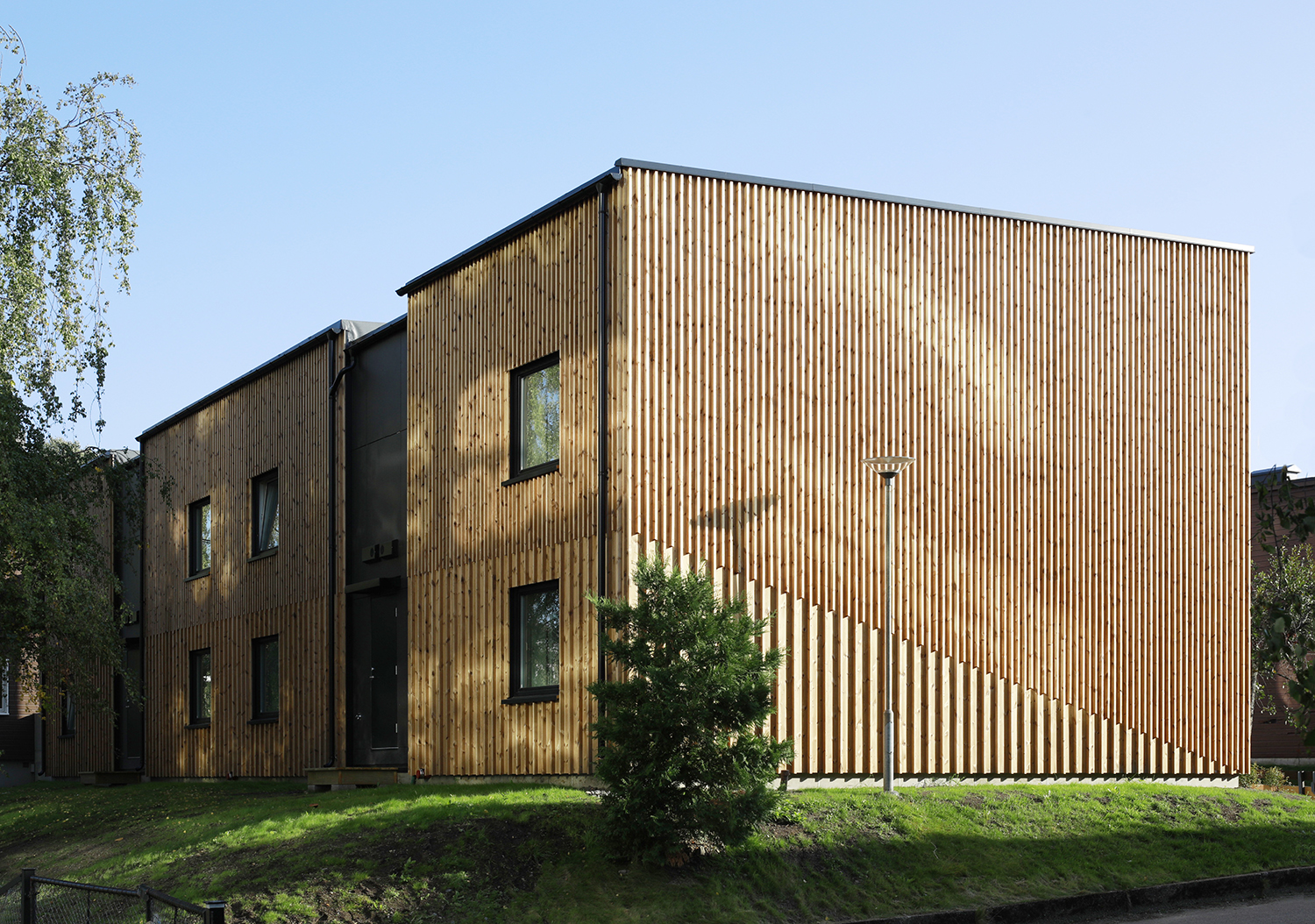
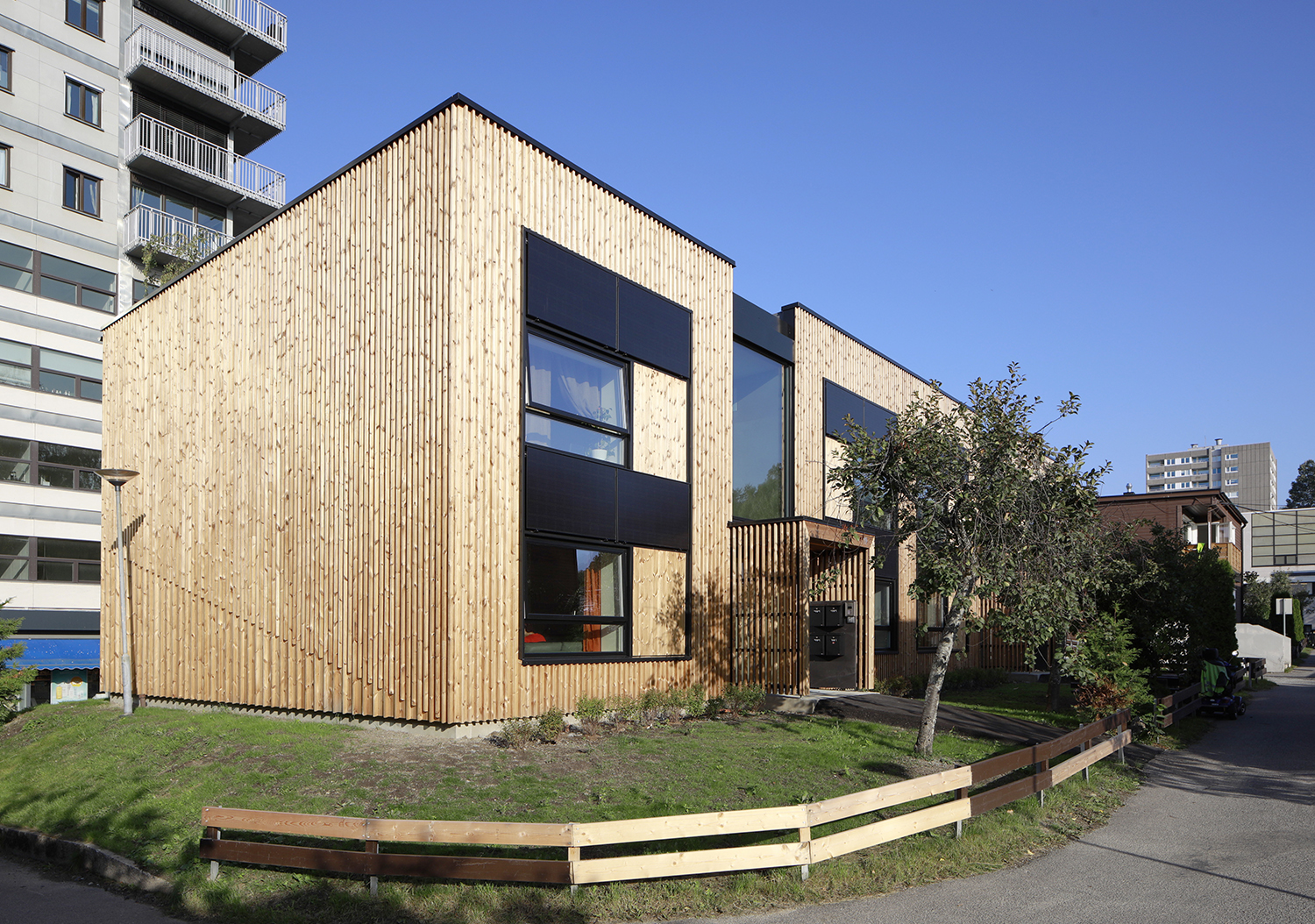
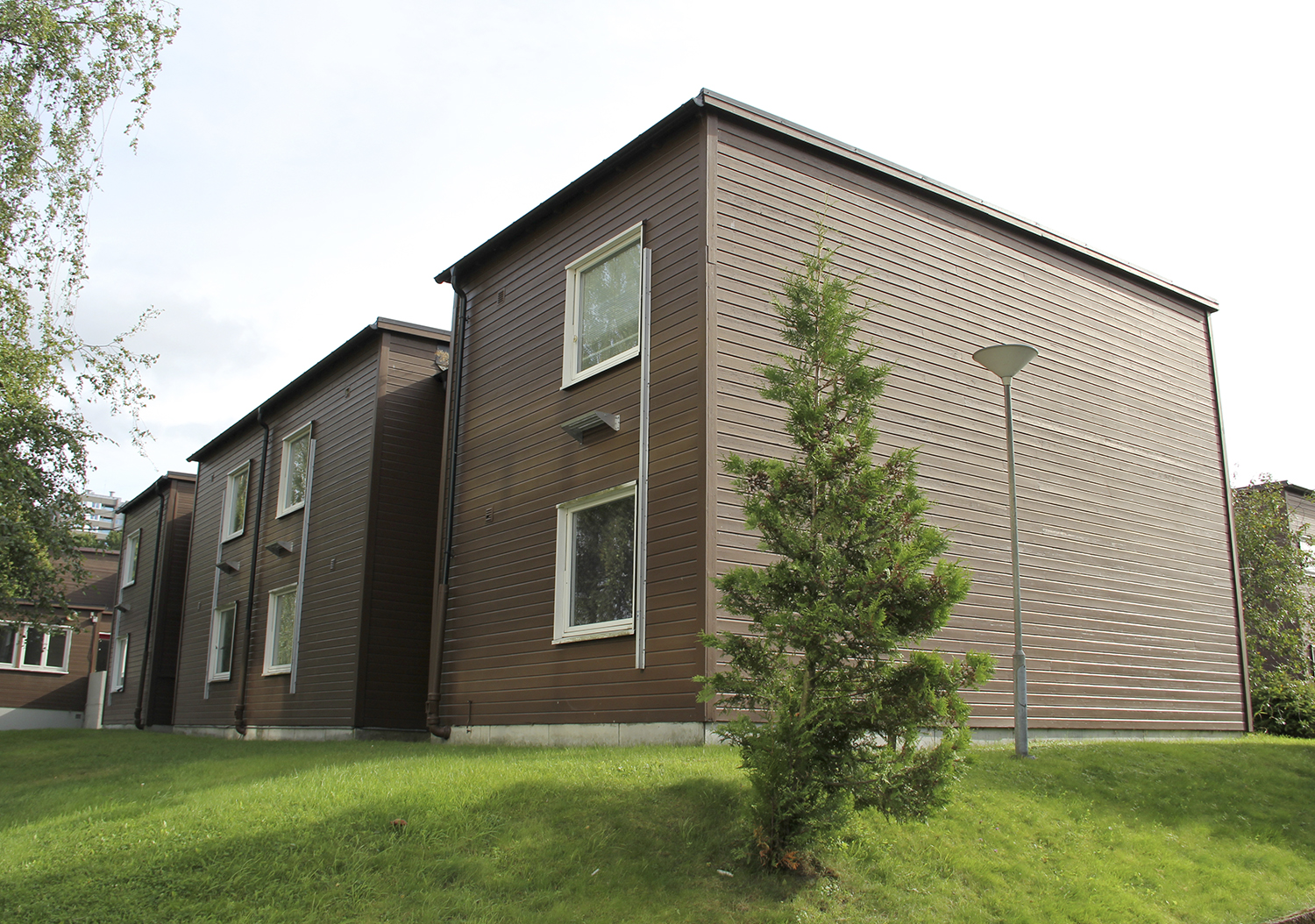
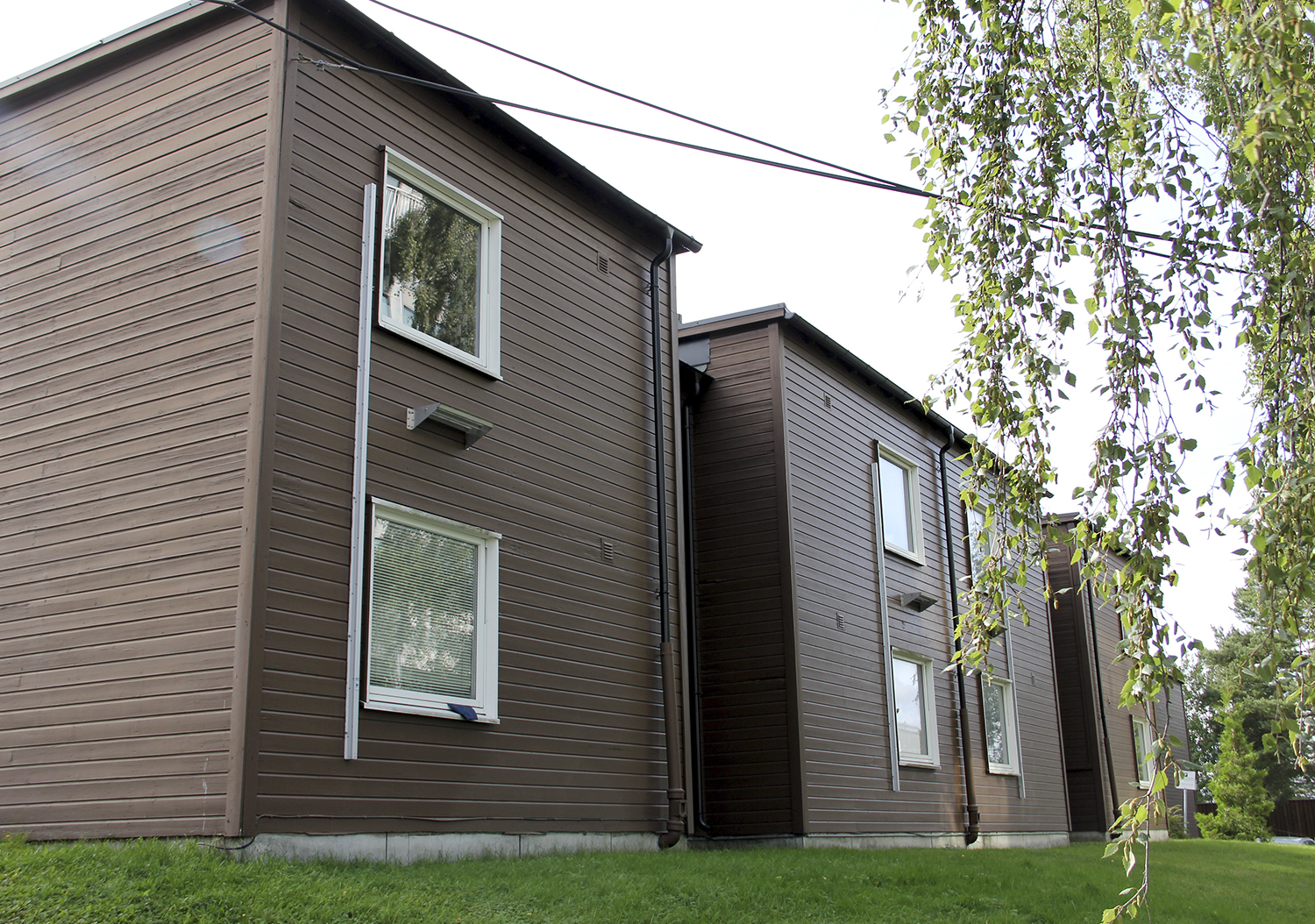
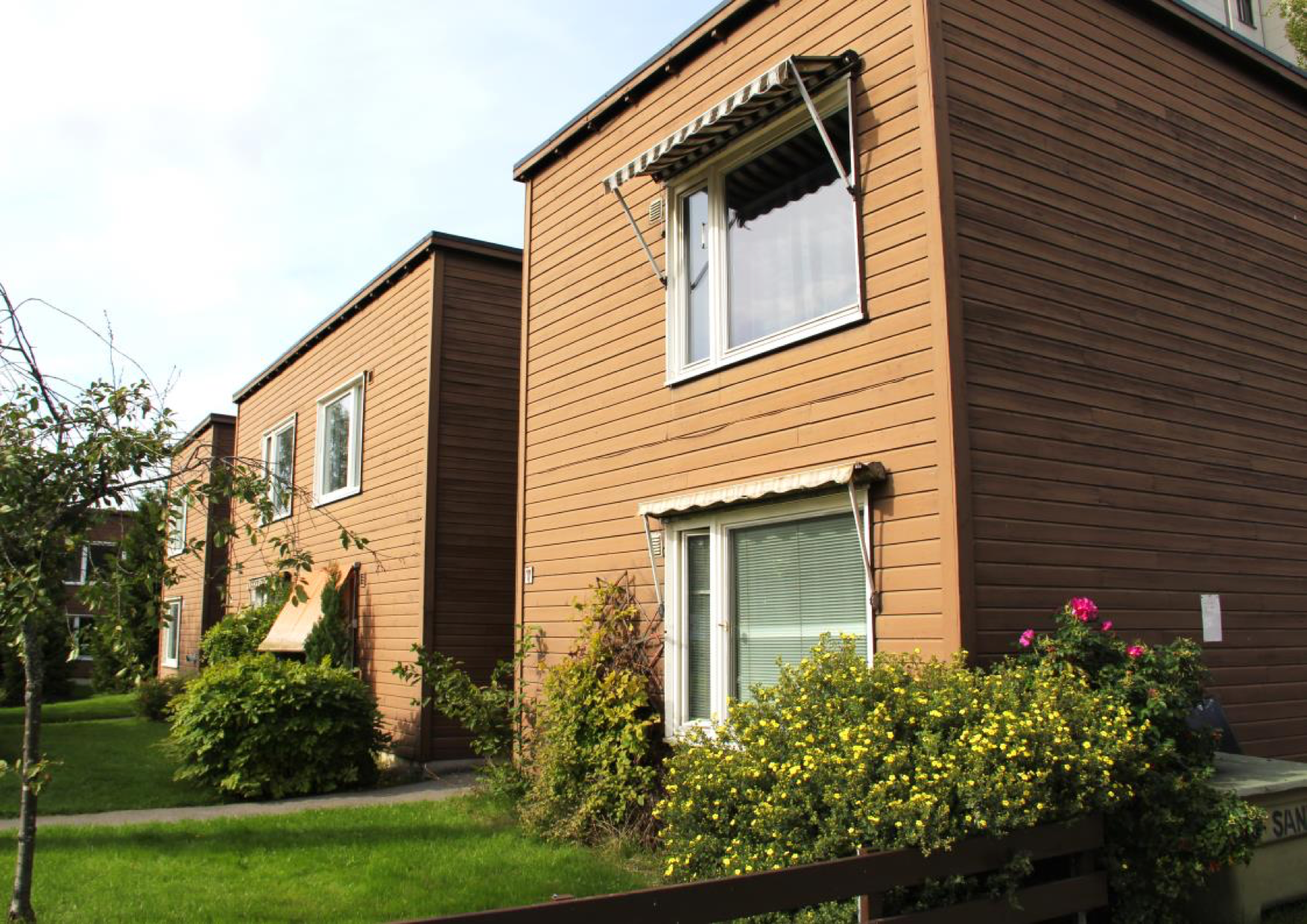 Previous Post
Previous Post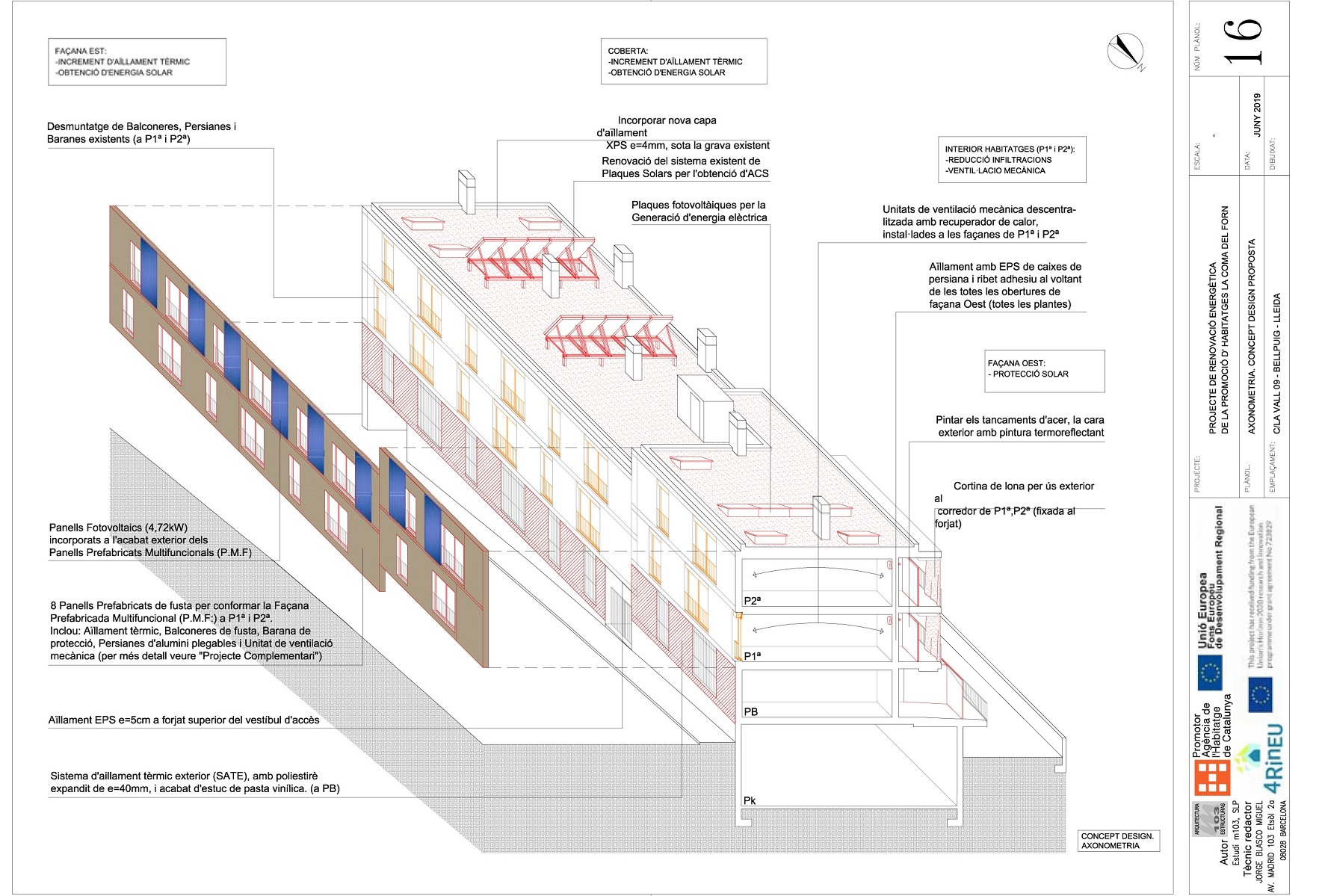 Next Post
Next Post